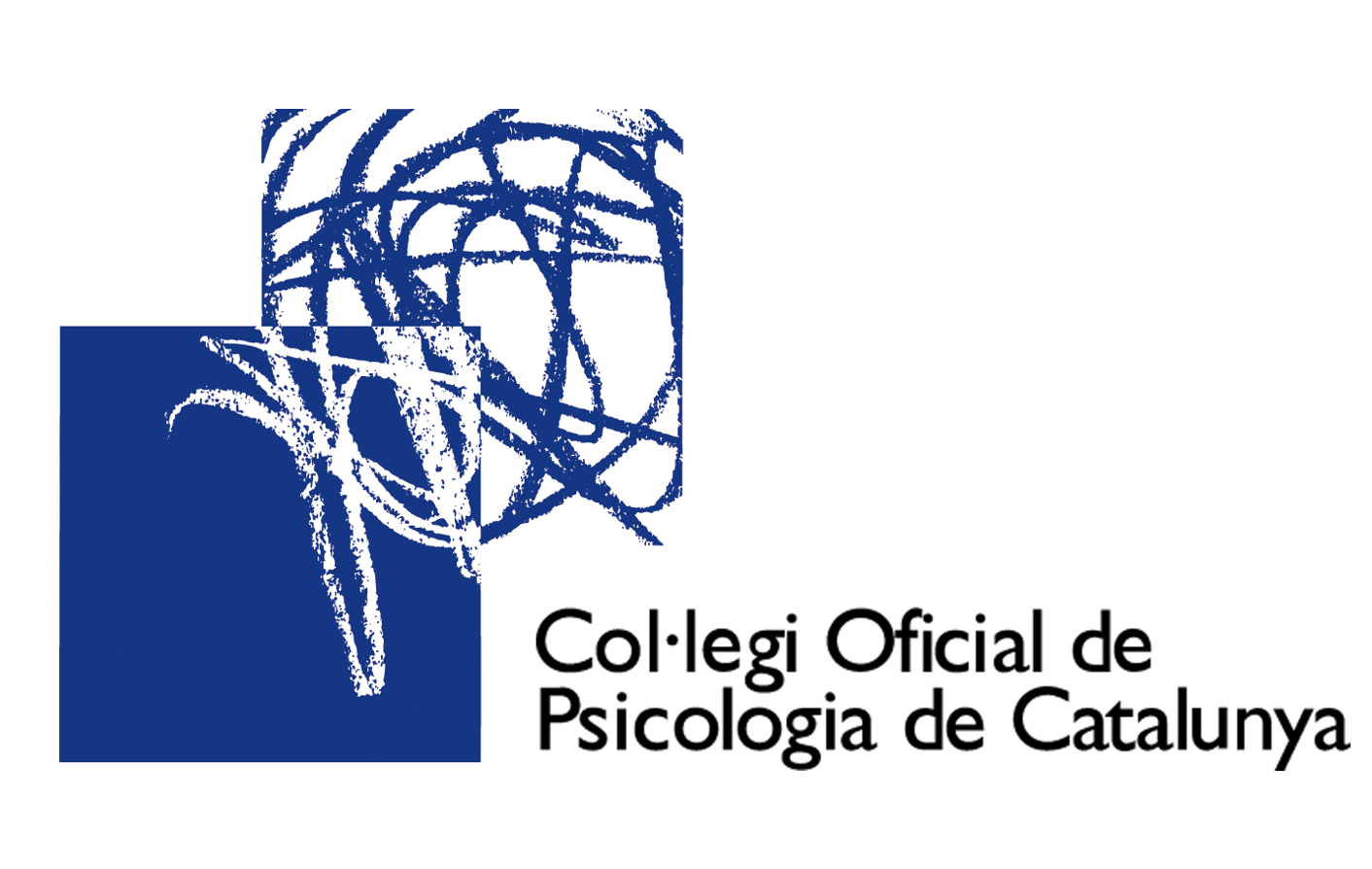Curarse a través de la rabia.
DOI:
https://doi.org/10.33898/rdp.v6i21.1077Palabras clave:
fóbia, juego fóbico, aspectos relacionales, redefición lingüisticaResumen
A través de la historia de una paciente diagnosticada como fóbica y de su terapia, los autores proponen una hipótesis interpretativa del “juego fóbico” que pone el énfasis en los mecanismos relacionales que éste alimenta. Los autores plantean, además, a través de una redefinición lingüística de la vivencia fóbica, un posible línea terapéutica.
Descargas
Descargas
Publicado
1995-03-01
Cómo citar
Prata, G., & Raffin, C. (1995). Curarse a través de la rabia. Revista De Psicoterapia, 6(21), 71–82. https://doi.org/10.33898/rdp.v6i21.1077
Número
Sección
Artículo de monográfico








